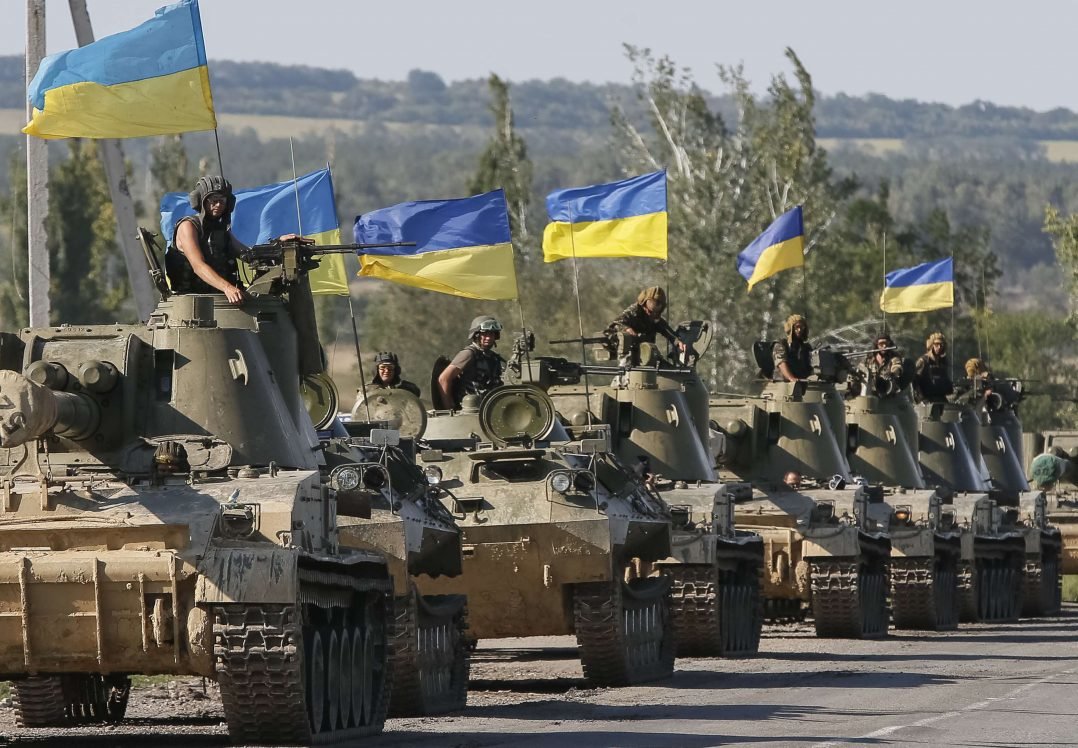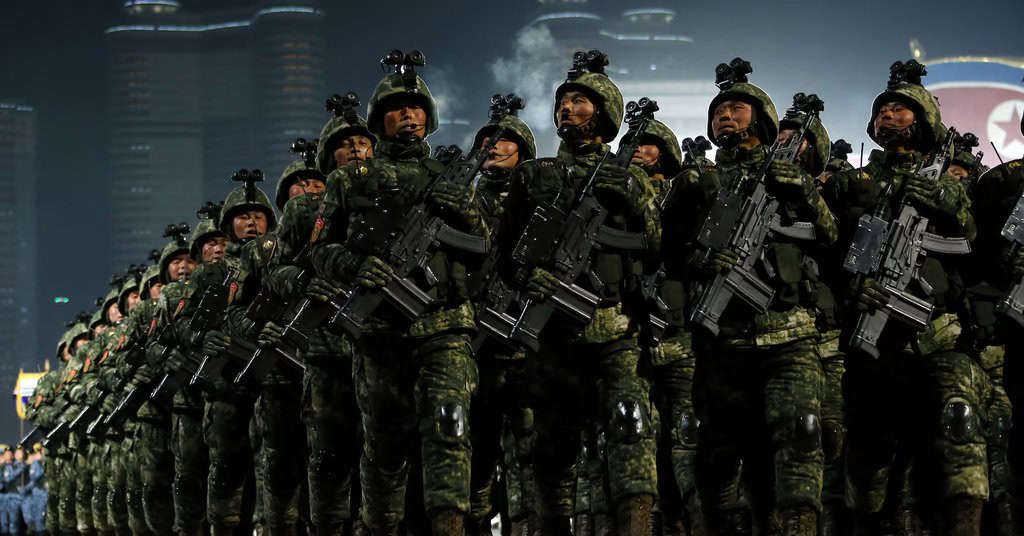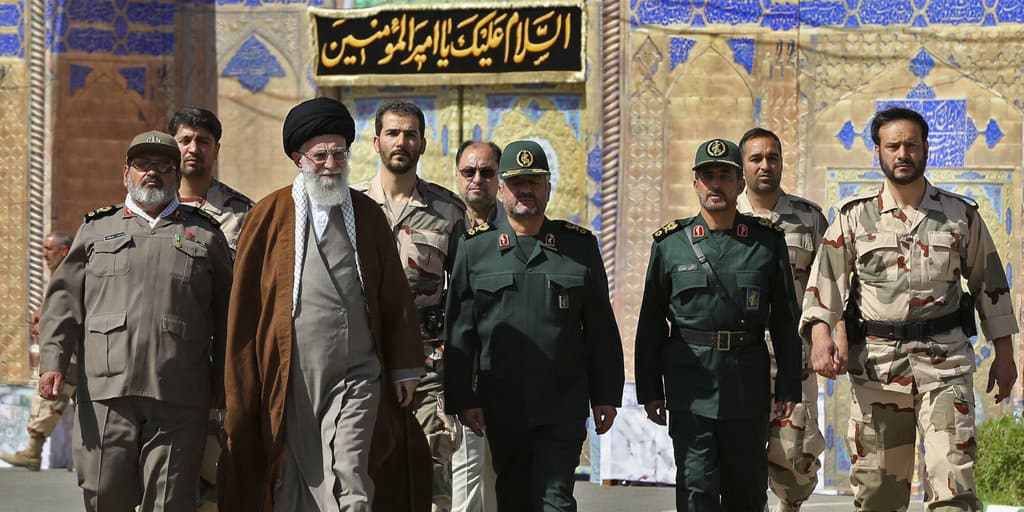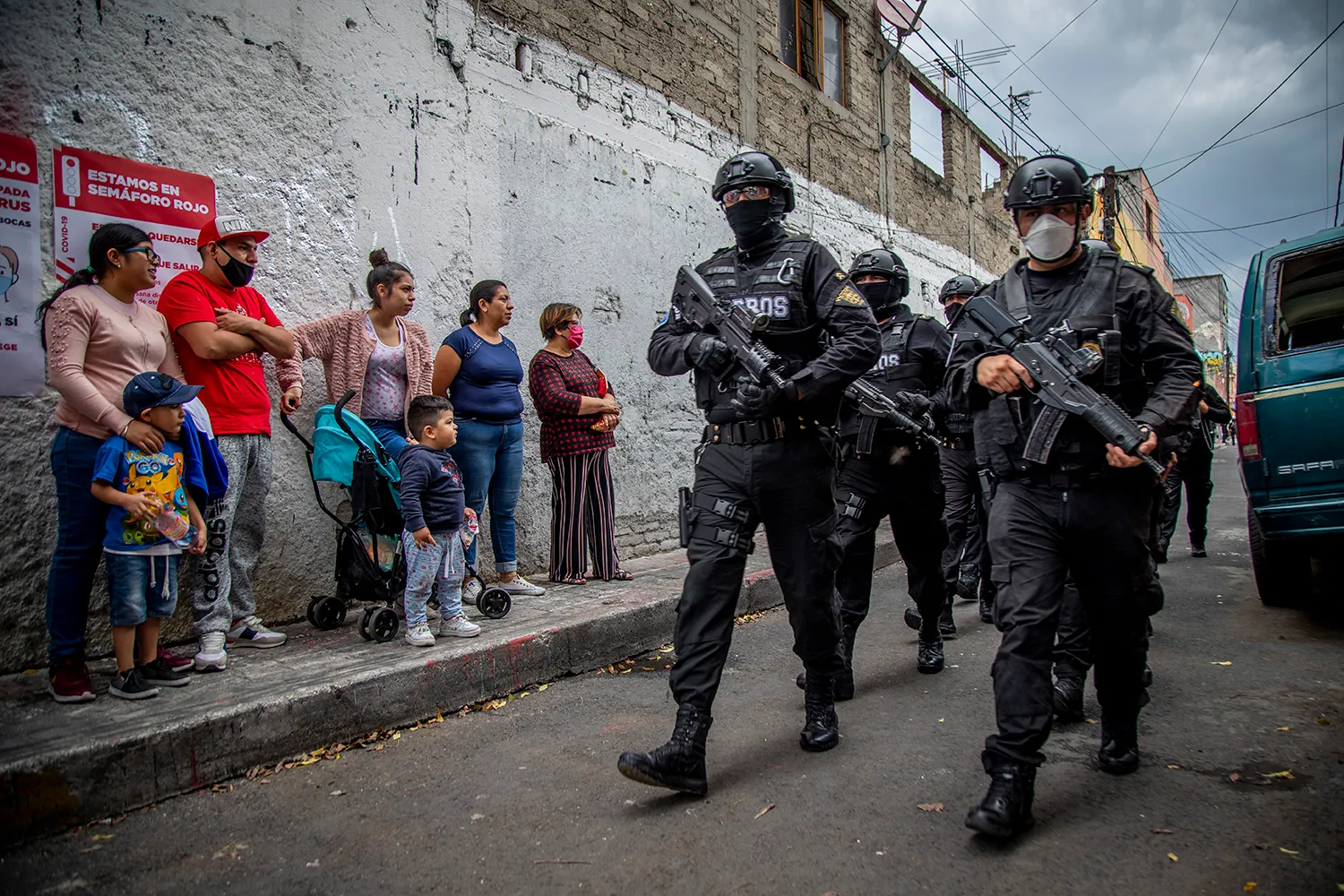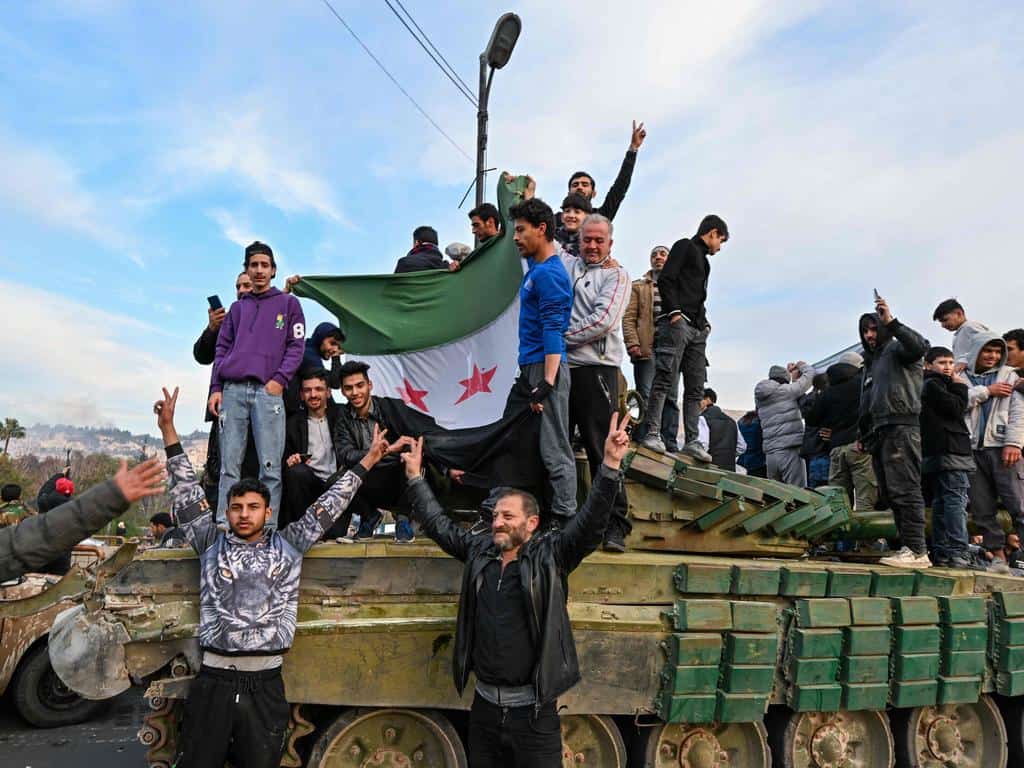In an unprecedented move, Ukraine’s military has launched a significant ground offensive into Russia’s Kursk region, marking the first large-scale Ukrainian incursion into Russian territory since World War II. This bold action has raised global tensions and introduced new complexities into the ongoing conflict between the two nations.
Ukraine Crosses the Border: A Tactical Shift
On Tuesday, Ukrainian forces made a surprising advance into Russia’s northeastern border, penetrating several miles into the Kursk region. Reports suggest that around 1,000 Ukrainian soldiers, supported by numerous armored vehicles, are now operating in several villages within Russian territory.
General Valery Gerasimov, the chief of Russia’s general staff, confirmed the incursion during a Kremlin briefing, noting that Russia has mobilized reinforcements in an effort to repel the Ukrainian forces. The operation has been described by Russian President Vladimir Putin as a “large-scale provocation,” reflecting the seriousness with which Moscow views this development.
Ukraine’s Strategic Rationale
Although Ukraine has previously supported limited cross-border raids by Russian exiles, this is the first time the country has executed such an extensive operation on Russian soil. Mykhailo Podolak, a senior advisor to Ukrainian President Volodymyr Zelenskyy, provided some insight into Ukraine’s strategy, emphasizing the need to create a “buffer zone” to protect against Russian attacks originating from border areas. “We have to push them back in some areas if we want to make those areas safe for us,” Podolak stated, suggesting that Ukraine aims to secure its own borders by destabilizing Russian positions nearby.
Challenges Facing Ukraine
Despite the boldness of this operation, it is uncertain whether Ukraine can maintain control over the territories it has entered. The Ukrainian military, significantly smaller than Russia’s, faces considerable challenges in sustaining such an offensive. Military analysts have questioned the wisdom of diverting resources to this incursion, especially given the ongoing struggles in eastern Ukraine, where Russian forces have made recent gains.
The town of Pokrovsk, a critical transportation hub for Ukrainian supplies and troops, is currently a focal point of Russian attacks. The situation is further complicated by Russia’s overwhelming superiority in manpower and airpower. Ukrainian officials report that Russia has deployed up to 250 jet fighters and bombers in frontline areas, a significant advantage that has allowed them to carry out persistent aerial assaults, often with devastating effect.
Ukraine has recently received its first batch of F-16 fighter jets, but the small number of aircraft is insufficient to challenge Russia’s dominance in the skies. Podolak highlighted the critical need for more air support, stating, “Today, our biggest problem is their supremacy in the air, the huge amount of glide bombs that give them the opportunity to attack us from longer distances.”
The Uncertain Road Ahead
Ukraine’s incursion into Russia’s Kursk region represents a dramatic escalation in the conflict, with far-reaching implications for both countries and the broader international community. While Ukraine seeks to create a protective buffer zone, the feasibility of holding these gains against a larger, better-equipped Russian military remains in question. As the situation continues to develop, the world watches closely, aware that the outcome of this confrontation could reshape the dynamics of the war.

